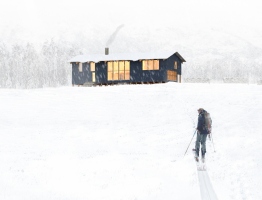Diplomprosjekt
Vår 2020
Institutt for urbanisme og landskap
The coastal human forest interface of the Bengal delta is locally called ‘The Country of Tides’, where an inhospitable saline land of mangrove meets manmade freshwater landscapes in the fractal matrix of countless rivers and channels that are fed by brackish moon tides. To ensure a flood and saline free inland, people had to create control over this landscape and as a result, the interface is divided into polders and forests today. But in this archipelago of loam clay, which is a hotspot for a range of ecological, geomorphic, and cultural diversities, is the answer to the question of how ‘Man Should Meet the Mangroves’, that simple?
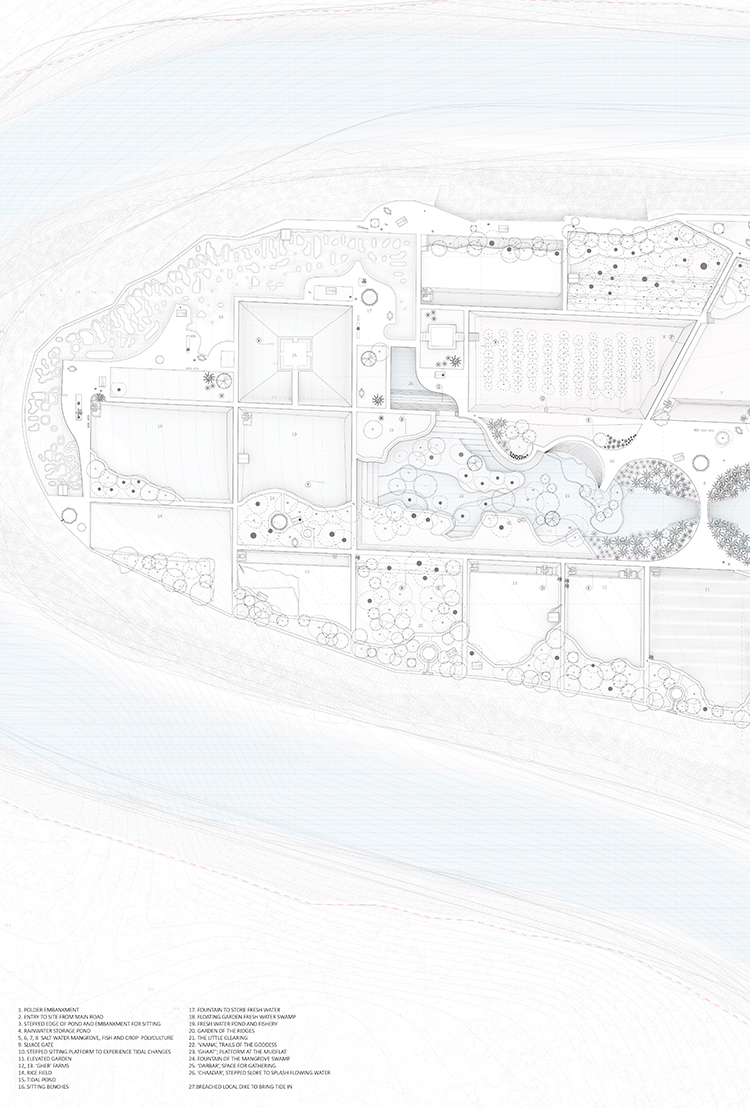
Man stopped capturing new forest lands long ago and locked themselves inside the polders, but the rivers still continue to erode and deposit at the polder outsides. Therefore, lands are created in between forests and polders which do not have any clear law about who do those belong to. Mangrove tries to migrate into these parts by sending over floating germinated seeds; while man tries to take control by creating saltwater shrimp ponds.
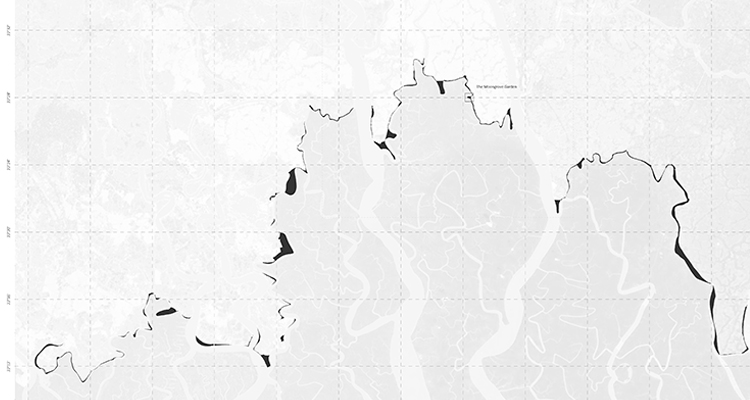
People of this area believe in a guardian goddess, who does not belong to a temple. The goddess ‘Bonobi-bi’ was born in Mecca and was sent to this tide country to maintain the harmony between man and nature. The myth exceeds the borders of polders, extends towards the forests and has been surprisingly successful in creating a strong communal existence.

The project is a garden for the community in one of those ‘Lands without an owner’, where man meets the mangroves and the goddess without a temple tries to create balance between them by sending over the moon tides.
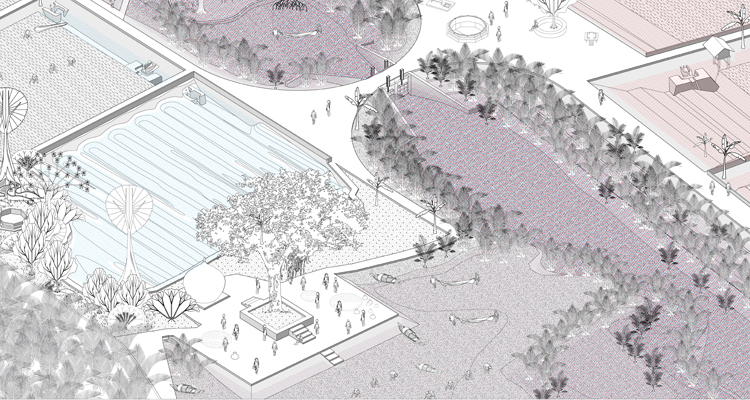
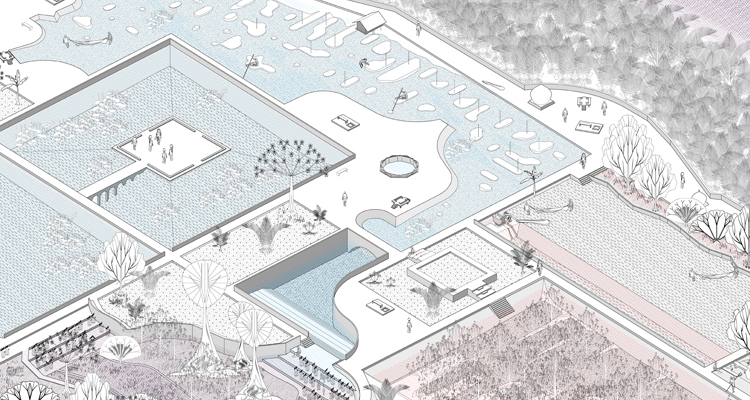
The tides enter the site through a breached embankment, creates a mudflat and goes to a tidal pond through a sluice gate. From the tidal pond brackish water and fresh water finds their own destinations. The embankments guide to public spaces which become gradually more constructed and controlled following the existing shallow slope of the site from south east to northwest. The lowest elevated part’s public space is mostly mud and gives an informal expression while the highest elevated part is for more formal gatherings which is more built. Seen from a strategic point of view, the project in one hand will belong to the community, which means lesser chance of these lands being occupied by the shrimp industries, and on the other hand it will use mangroves as garden patches which will mimic part of forest ecology.


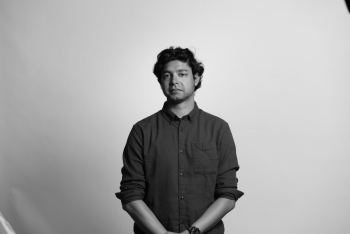
Ahmed Faisal / ahmedfaisal0905@gmail.com



